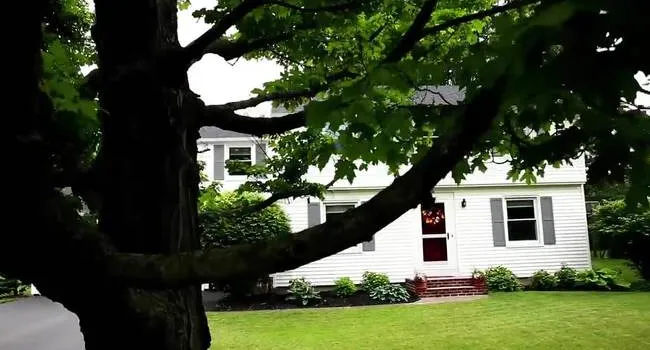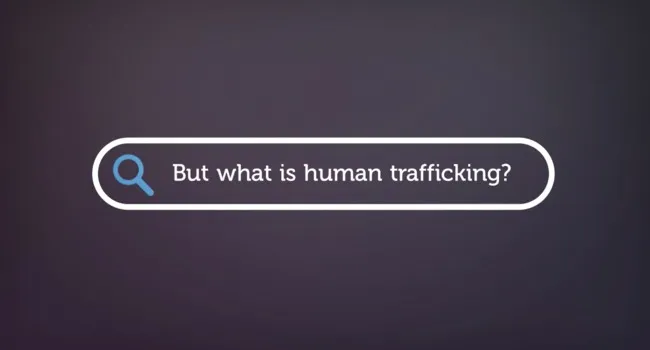York County has a popular icon called Greg the Frog, everyone’s favorite amphibian. While he may be well known, his real counterparts aren’t the favorite subject to talk about. How much do we really know about our frog friends? There’s a special initiative called the Disappearing Frogs Project that is helping people understand what life would be like without frogs.
The Disappearing Frogs Project takes the concept of bringing artists and scientists together and communicating the extraordinary global amphibian decline and potential effects of species extinction. The goal is to inspire more people to get involved and to take action.
“I didn’t hear anything or read any article about artists and scientists being brought together, and I thought, ‘Maybe we can create an event where artists and biologists come together and speak about art and about the plight of the frogs,” says Terry Thirion, Founder of the Disappearing Frogs Project and Charlotte, N.C.-based artist.
In February 2014, The “Disappearing Frogs Project” came to life with a 30-day multimedia art installation at the Charlotte Art League in Charlotte, N.C. Artists responded in support of Terry’s call and over 200 original paintings, sculptures, and photos were donated. So, Thirion decided to recreate the event in Rock Hill during the Come See Me Festival. The turnout was abundant, and artists and experts from all over came to speak on the plight of the frogs.
“The artwork here is really fantastic. It’s well done, and art will sometimes reach people when science or other disciplines won’t. Any way that we can raise the awareness, through any discipline, it’s going to be a good thing, and the disappearing frog project is just one way to help people to realize that there’s lot of environmental problems.” says Steve Fields, Curator of Natural History with the Museum of York County.
Author and biologist Robin Moore also spoke to those who attended the event. He wrote a book called “In Search of Lost Frogs.” In this work, you will find the information that Moore obtained by traveling the world searching for missing frogs and documenting species that were believed to have disappeared.
“Habitat loss is the biggest threat to amphibians worldwide, so we have to find a way of making space for us and leaving space for them,” Moore explained.
According to biologists, we should thank frogs for keeping insect populations down.
“People say “why are frogs important?” One of the things that would happen, if we had no more frogs, is there would be a huge increase in the number of insects. Everything from mosquito size, to cockroach size, to even bigger than that. Frogs are a primary controller of insects that live in wetlands, and people would find things very unpleasant if there was all of a sudden an increase of mosquitos by 10,000%. So we have to do what we can to protect those frogs for our own good.” says Bill Hilton Jr., executive director of Hilton Pond Center for Piedmont Natural History.
Everyone in their everyday lives can help prevent the decline of amphibians. “How?” you may ask. There are simple things that you can do that can make a big impact. Try not to use harsh chemicals that could run off into the water, such as pesticides and herbicides. These chemicals can seriously harm amphibians. There are plenty more ways for you to help.
For more information on how, just go to www.amphibian.org.
Story by Brianna Smith for Palmetto Scene.












